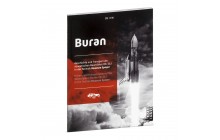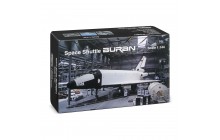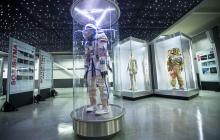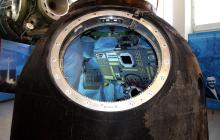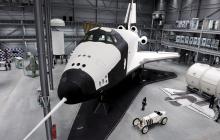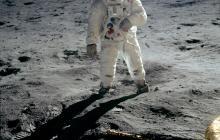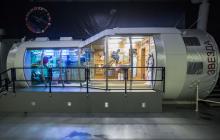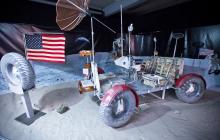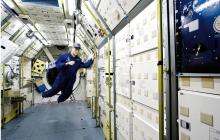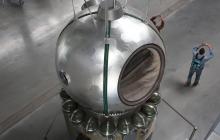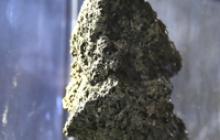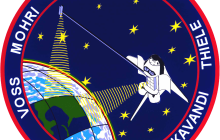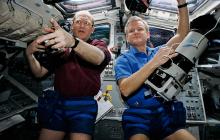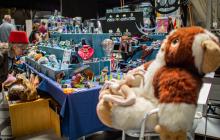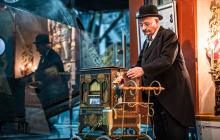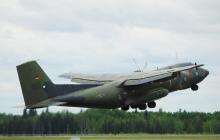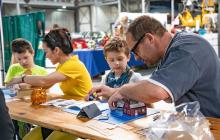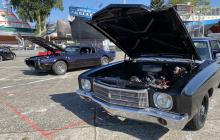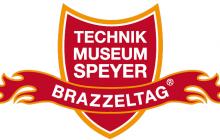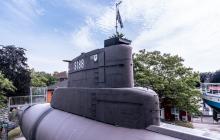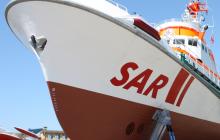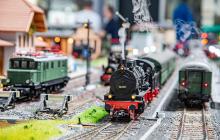BOR-5
BOR (Russian for Bespilotny Orbitalny Raketoplan = unmannend oribital rocket aircraft) was the designation of a series of test missilies built for collecting empirical data for construction of the Spaceshuttle Buran, which can also be seen at the Technik Museum Speyer. Major tasks were the development of the heat shield, design of the general aerodynamic structure of the shuttle as well as the determination of suitable flight parameters for the control system.
The BOR test missiles were 1:8 scaled down models of the Buran. Equipped with auto pilot, measuring instruments and sensors five of these "Mini-BURAN" were built. Launching vehicle was the Kosmos-2M-RB5-rocket. Due to the limited payload capacity of the carrier rocket the weight of the BOR was limited to 1.54 tons.
Between 1984 and 1988 five BOR were launched at Kapustiny Jar. The BOR-5 test missile shown in the Technik Museum Speyer was launched into space on June 27, 1988. It reached a suborbital ceiling of 210 kilometers. At a height of seven to eight kilometers the on-board flight control program initiated a narrow helical gliding flight to reduce velocity.
At the end of the 2.000 kilometers long flight route the brake parachute unfolded at a height of 3.000 meters. Then the missile sank back to earth with a speed of seven to eight meters per second. The clearly visible burning marks were caused by the enormous heat development after reentry into the atmosphere.


